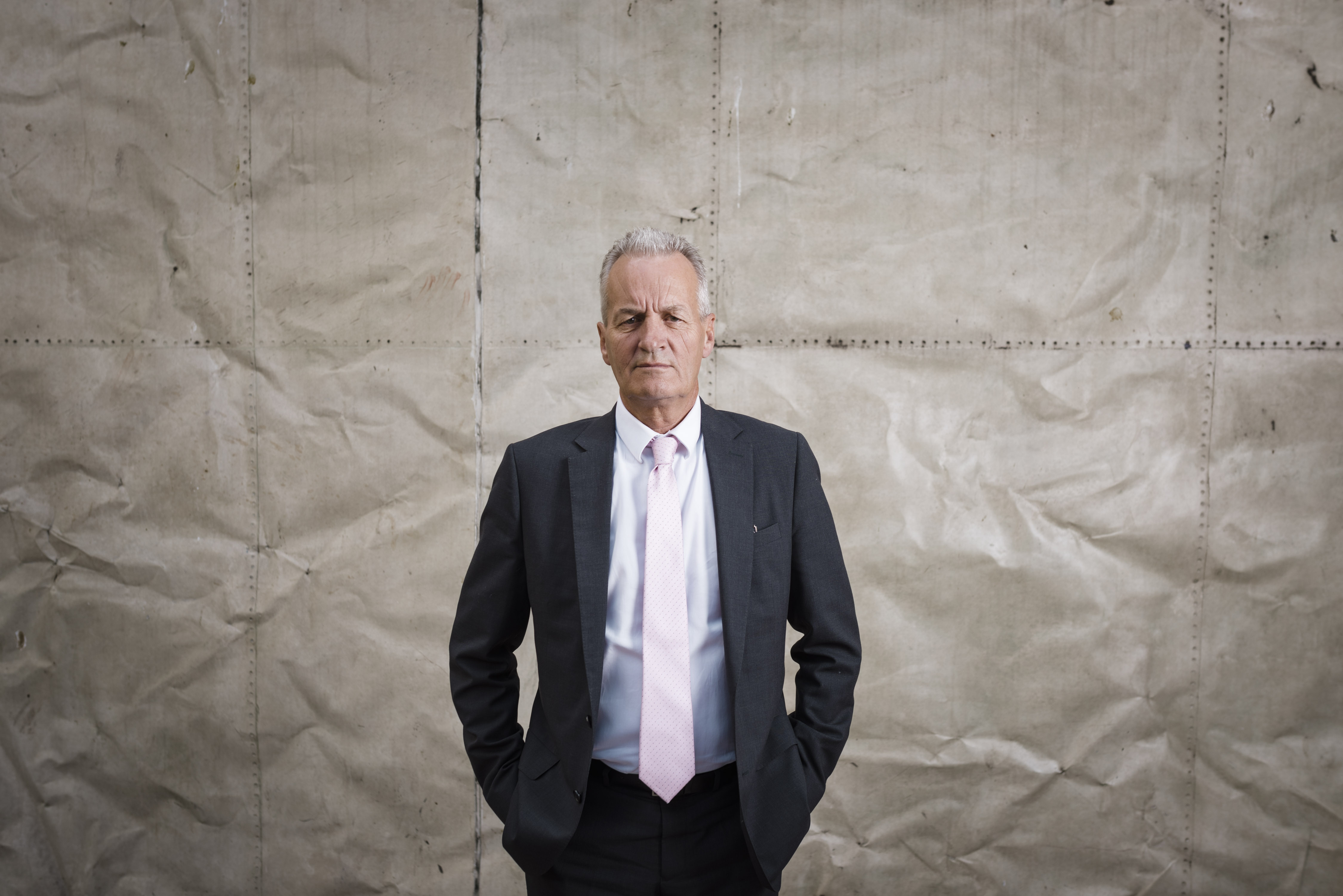Consumers get the upper hand as Oakton rides the wave of change
One of the great things about Bob Peebles, the Executive General Manager, Partners at Australian consulting and technology firm Oakton, is that he has been around long enough to understand the value of explaining things without resorting to buzz words and tech speak.
So when you ask what the Internet of Things (IoT) means to him he cuts right through the jargon:
It’s about the ability to connect the physical world to the digital world, to make the invisible visible, and to provide previously untapped insights and information to the right audience at the right time. Whether that’s through connectivity of devices, or connectivity of people, or connectivity of applications, it’s all around the same end-business goal – to give that audience better choices and enable them to better undertake business or consumer activities.”
Oakton has been one of the success stories of the tech industry in Australia. Starting in 1988 as the typical two-man-back-of-garage start-up business it prospered and expanded to the extent that in 2014, with a workforce numbering around 1250 people, it was acquired by the global giant Dimension Data.
Bob became part of Oakton in 2002, when it acquired the company he was with. The 30-year industry veteran is able to look back on a career featuring constant change as the norm.
At Oakton they’re finding out that the changes being engendered by IoT are being embraced by the company’s clients.
“There’s an appetite [for IoT] at the business level. Certainly at the IT department level, there’s an increasing appetite there, but we’re finding that the business is now making decisions about IT more and more. So, maybe two years ago 90 per cent of the decisions around IT applications or IT systems were made by a CIO, these days 70 per cent of those decisions are being made by the business themselves, with or without the involvement of IT, and they’re being made on a consumptive basis,” he said.
Bob said Oakton had discovered that customers understand the need for change if it is explained in business, not technological, terms. “If you’re a private client then your goals are around how do I increase productivity amongst my workforce? How do I increase revenue? How do I increase my profitability? How do I engage new customers? How do I get my products to customers quicker in a way that the customers want to deal with me?
“If you’re talking about government clients: how do I engage better with my constituents? And how do I get information to people in a better way, in a way they want to deal with information?”
The change has come through consumers discovering a voice and upturning the previous power structure, where companies dictated how they would deal with customers. Now consumers can dictate how they want to interface with organisations. This makes it imperative for businesses to understand their customers and, where applicable, their customers’ customers and the various business issues that arise out of that understanding.
He instanced the case of shopping centres – “because you don’t go to a shopping centre now just to buy something, you can do that online, so I’ve got to go to a shopping centre for a different experience.”
“Shopping centres these days are using technology in ways we wouldn’t have thought of two years ago. How do I track people through a shopping centre using either chips on their mobile phones, using Wi-Fi technology? How do I make offers to customers as they come into a shopping centre, where I know that they’ve been there before and I know that they’re actually arriving at the shopping centre because their mobile phone, whether it’s turned on or off, is a device that I can actually access?”
Bob points to Microsoft as an organisation which had embraced change.
“We’re a very large and good partner for Microsoft and that’s vice versa. We deploy Microsoft technology; we build applications on top of Microsoft technology. I think Microsoft’s undergone tremendous change over the past two to three years. I think they’ve realised that their traditional competitors are no longer their current competitors.
“They’re an organisation that’s continually making innovative changes, they’ve invested very heavily in the cloud, they’re invested very heavily still in their Office products and more importantly they’ve invested in the integration of those products. Today the integration’s there, it’s pretty easy to buy it as a service if you’re a customer. Microsoft is getting more focused around industry solutions; they are more focused around application solutions as a consumptive way to sell.
“They’re very conscious of innovation, always have been, but it’s getting that innovation right and the integration right. I think they’re on the path of doing that now.”





